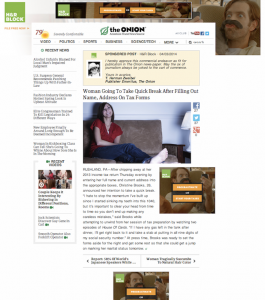- Apr 7, 2009
- 4,985
- 2,425
- Awards
- 10
- First Name
- Joe
As much as I do believe in the technology, let's not pretend that's not native advertising.
Pretend? Native Advertising? Huh?
Native Advertising is https://en.wikipedia.org/wiki/Native_advertising
As much as I do believe in the technology, let's not pretend that's not native advertising.
Pretend? Native Advertising? Huh?
Native Advertising is https://en.wikipedia.org/wiki/Native_advertising
I don't follow.. that article is, in my opinion, a perfect example of native advertising.
It pretends to be an article, but it's an advertisement. Same thing VICE does.
Freightliner sponsors the company that wrote the article.

Ahh... ok. Does that mean DR's on the take for cargurus?
View attachment 2741

What is Native Advertising?
Simply put, native advertising is paid content. Articles, infographics, videos, you name it – if a content producer can make it, corporations can buy it and publishing platforms can promote it.
Now, you might be thinking, “How does a native advertisement differ from an advertorial?” Well, in order to be considered a true native advertisement, the content should align with the publication or site’s established editorial style and tone, and must also provide the kind of information that the publication’s audience typically expects.
These qualities are what make native advertisements difficult to spot, as they often blend in with the “organic” content extremely well. This is made even more challenging by the fact that there are no defined rules or guidelines on how publishers must label native ads, and standards of transparency vary widely from one publication to another.
"...None of younger generation will even know what a manual is".

